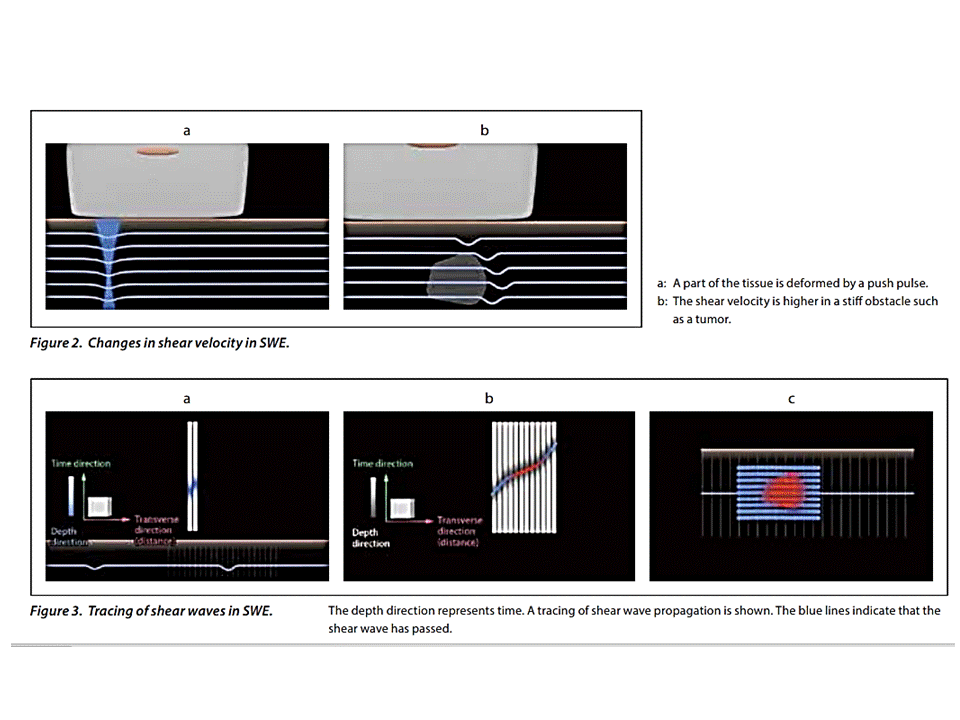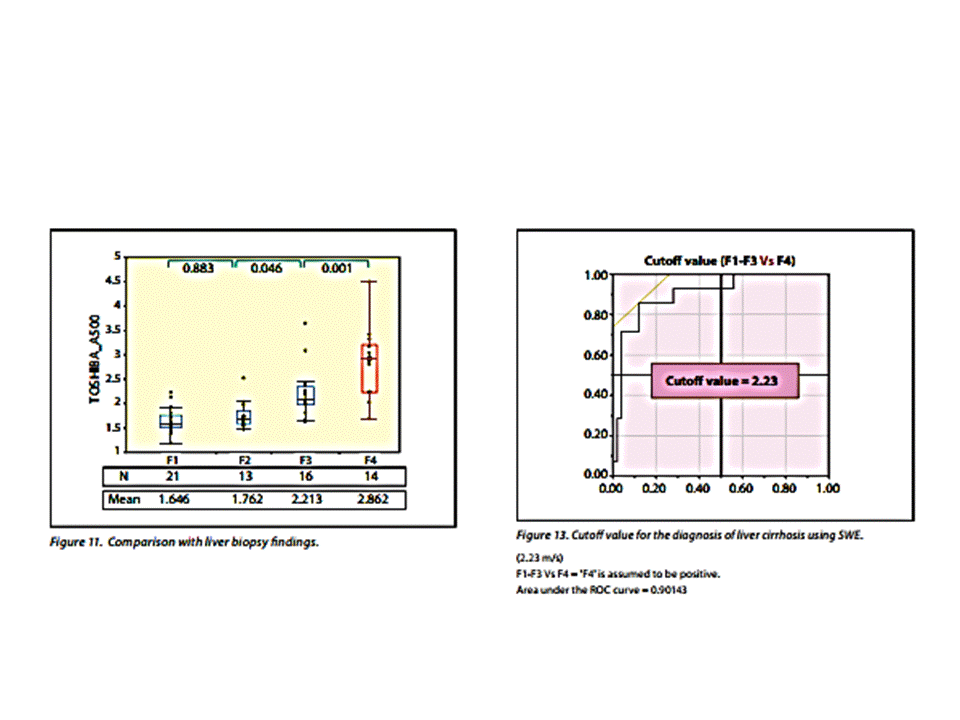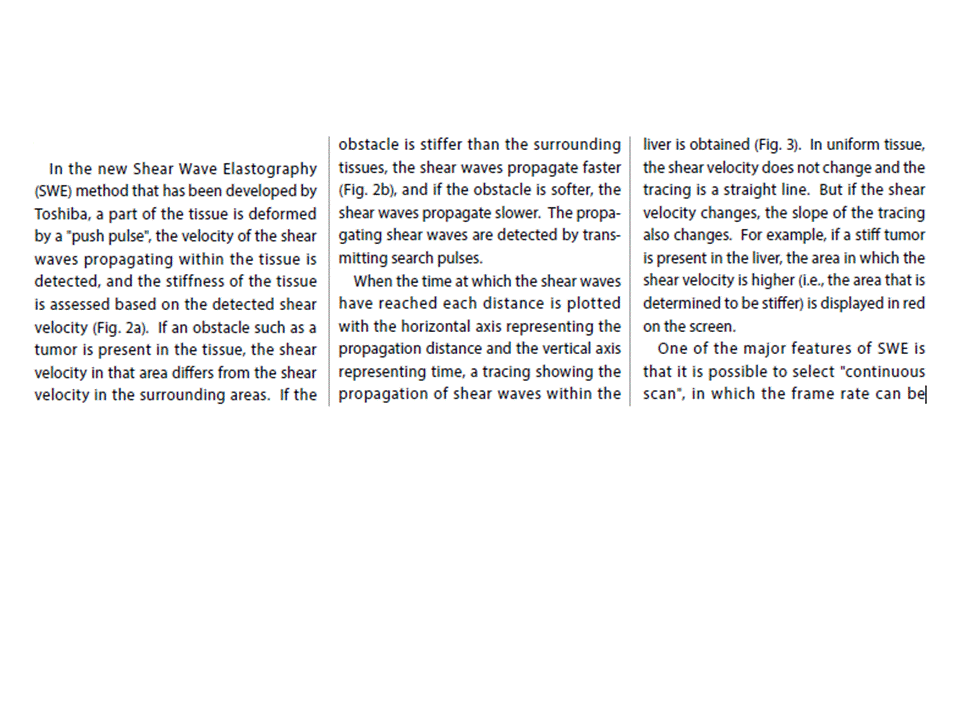Tổng số lượt xem trang
Thứ Bảy, 26 tháng 3, 2016
Thứ Hai, 14 tháng 3, 2016
Thứ Bảy, 5 tháng 3, 2016
S W ELASTO into PLAQUE IMAGING from E C R 2016
ELASTOGRAPHY OFFERS NEW INSIGHTS INTO PLAQUE IMAGING
ELASTOGRAPHY
OFFERS NEW INSIGHTS INTO PLAQUE IMAGING
Elastography has been used for many years to differentiate
malignant from benign lesions, especially in the breast or liver. Experience in
carotid artery disease is limited, but recent studies have shown that
elastography may help to stratify plaque and reduce the risk of unnecessary
surgery, as a Greek expert will show during a New Horizons session today at the
ECR.
Stroke is one of the leading causes of death in developed
countries; one third of cases are fatal and survival can come with considerable
disabilities. In Europe alone, experts estimate that there are one million new
ischaemic strokes per year and they expect this number to rise by 12% by 2020,
as the population ages1. A wide spectrum of carotid artery diseases can lead to
stroke, but atherosclerosis accounts for a significant percentage – about 20 to
30% of cases. Stenosis is typically a cause for atherosclerosis and is now
being measured using ultrasound in symptomatic patients, who are usually
treated with atherectomy. But it is not so clear how asymptomatic patients
should be managed, according to Dr. Nikos Liasis, medical director of Affidea
Greece, a pan-European medical service provider specialising in diagnostics
investigations, clinical laboratories and cancer treatment services. “Despite
many randomised clinical trials, there is a surprising lack of consensus
regarding the treatment of asymptomatic patients,” he said ahead of his
presentation during the session today. There is widespread agreement among
physicians that many procedures are probably being performed with risks that
are higher than the risk of the actual indications. “Ninety-two per cent of all
atherectomies in the U.S. are undertaken in asymptomatic patients. On average,
we operate on 16 patients to prevent one stroke in just five years, so we
perform surgery on 15 people who may not need it, which is quite a high risk,”
he said. The degree of stenosis is not the only predictive parameter for
myocardial infarction or stroke. Therefore it has become crucial to be able to
understand and stratify plaque morphology. The majority of myocardial
infarctions and strokes are actually caused by plaque rupture. Thanks to
histological findings, physicians know that unstable, vulnerable plaques, which
are prone to rupture and distal embolisation, are those with a large lipid core
and intraplaque haemorrhage. Inflammation is also a high risk factor for plaque
rupture. Researchers have tried to establish whether it would be suitable to
use ultrasound in everyday clinical practice to stratify plaque morphology, but
the results combined with histopathological findings were poor. Liasis and his
team at Affidea Greece, together with the University of Athens Medical School
and the National Technical University of Athens, decided to conduct a
prospective study in order to determine the contribution of ultrasound
elastography to the description of plaque morphology. “Ultrasound elastography
is based on the principle that so tissue deforms more than hard tissue. So
plaques that are hard and stable deform less than so, vulnerable plaques,” he
said. So far the few available papers on the topic focused on either shear wave
or strain elastography. In his study, Liasis has compared both techniques
against histopathological findings and he will present his results today. He
estimates that the potential of both techniques for stratifying plaque is
significant, and that they may be complementary in many ways as they offer
information that is not accessible through B mode or Doppler flow and other US
techniques. “Elastography enables the detection of the fibrous cap, the
thickness or thinness of which is an indication of plaque instability, but it
remains challenging to spot with traditional ultrasound. It also provides
information about plaque smoothness and more accurate information on what is
outside of the plaque. We have all the features that are characteristics of
plaque morphology and which make plaque unstable,” he said. Elastography offers
other benefits to consider for daily practice; it is radiation free, accessible
and widely available. Furthermore, it does not require any patient preparation
and the costs are low. Examination times are short compared with MRI and,
unlike CT, there are no allergy risks linked to contrast agents use. However a
number of technical limitations remain to be overcome and reproducibility is
still challenging. “When plaque is calcified, we are not able to describe it
because of the acoustic shadow. Our biggest disadvantage is subjectivity.
Reproducibility is still an issue, but using appropriate examination protocols
may help,” Liasis said. It will also be necessary to adapt the technique, which
has been developed for lesions in superficial organs, to small pulsating
vessels. “We need more prospective studies to evaluate its potential. US
elastography in carotid plaque imaging is only a few years old. But our
research is very promising to describe plaque,” he concluded.
1 Data gathered by Brainomix, Oxford University h‑ps://ec.europa.eu/easme/en/
sme/4065/brainomix-limited BY MÉLISANDE ROUGER
Thứ Năm, 3 tháng 3, 2016
ARFI CÁC TUYẾN BỌT VÀ TUYẾN GIÁP ở MEDIC CENTER
ARFI CÁC TUYẾN BỌT và TUYẾN GIÁP ở MEDIC CENTER
Gần đây siêu âm đàn hồi bắt đầu được áp dụng vào lâm sàng
để khảo sát u, bệnh tự miễn và bệnh nhiễm trùng của tuyến giáp và các tuyến bọt.
Những khảo sát riêng lẽ về siêu âm đàn hồi của tuyến giáp và các tuyến bọt ghi nhận không có
khác biệt theo tuổi và phái tính ở người trưởng thành. Tuy nhiên khảo sát siêu
âm đàn hồi tuyến giáp và các tuyến bọt trong điều kiện bình thường và khảo sát cùng lúc và trên cùng người được khám thì chưa
có thông tin.
Chúng tôi có ý định:
1/ tìm
tương
quan
độ
sinh
echo của tuyến giáp và các tuyến bọt.
2/ tìm
khác
biệt
giữa
sinh
echo tuyến giáp và tuyến mang tai trên cùng cá thể.
3/ định
lượng
độ
đàn
hồi
tuyến
giáp
và
các
tuyến
bọt
.
Qua khảo sát 68 [34 nam, 34 nữ] cá nhân cùng lúc tuyến
giáp và các tuyến bọt trong tình trạng khỏe mạnh, chúng tôi có kết quả như sau
:
Giá trị trung bình vận tốc của sóng biến dạng ở mô
tuyến giáp là = 1,58 ± 0,17m/s [ở nghiên cứu của NPB Quân và cs là:1,47 ± 0,41
m/s. Không có sự khác biệt vận tốc này với nhóm tuổi, nhưng có khác biệt với
giới (p nhỏ hơn 0,05)].
Giá trị trung
bình vận tốc của sóng biến dạng ở mô tuyến dưới hàm bình
thường là 1,47± 0,015m/s [ ở nghiên cứu của AF Badea là =1,82 ± 0,41m/s cho cả
2 tuyến P và T].
Giá trị trung bình vận tốc của sóng biến dạng ở mô tuyến mang tai bình
thường là 1,42 ± 0,015m/s so với 1,54 ± 0,6
m/s ở nghiên cứu của I.Badea].
Khác biệt về độ đàn hồi tuyến giáp bình thường và các tuyến mang tai và
dưới hàm không có ý nghĩa thống kê ( p nhỏ hơn 0,0001).
Tài liệu tham khảo chính:
Nguyễn Phước Bảo Quân, Nguyễn Hữu Thịnh: Bước
đầu nghiên cứu siêu âm đàn hồi mô tuyến giáp ở người bình thường bằng phương
pháp tạo hình và đo vận tốc sóng biến dạng qua kỹ thuật ARFI
Alexandru Florin Badea, Attila Tamas Szora, Elisabeta Ciuleanu, Ioana
Chioreanu, Grigore Băciuţ, Monica Lupşor Platon, Radu Badea: ARFI quantitative elastography of the
submandibular glands. Normal
measurements and the diagnosis
value of the method in radiation submaxillitis.
Iulia Badea, Attila Tamas-Szora, Ioana Chiorean, Maria Crisan, Elisabeta
Ciuleanu, Grigore Baciut, Mindra Badea: Acoustic
Radiation Force Impulse quantitative elastography: a new noninvasive technique for the evaluation of
parotid glands. A preliminary study in
controls and in patients with irradiated nasopharyngeal carcinoma.
Thứ Hai, 22 tháng 2, 2016
SHEAR WAVE ELASTOGRAPHY from APLIO 500 TOSHIBA on LIVER FIBROSIS
DOWNLOAD FULLTEXT
http://www.toshiba-medical.eu/eu/wp-content/uploads/sites/2/2014/09/WP_MOIUS0074EA_Iijima_2014-09.pdf
http://www.toshiba-medical.eu/eu/wp-content/uploads/sites/2/2014/09/WP_MOIUS0074EA_Iijima_2014-09.pdf
Thứ Sáu, 12 tháng 2, 2016
Patient's Platelet Count can Increase the Risk for Hematoma in Liver Biopsy
Image-guided liver biopsy is safe, but not risk-free
By Erik L. Ridley, AuntMinnie staff writer
February 11, 2016 -- While major adverse events from liver biopsy guided by ultrasound or CT are extremely rare, variables such as the patient's platelet count can increase the risk for hematoma from the procedure by as much as fourfold, according to a large retrospective analysis performed at the Mayo Clinic in Rochester, MN.
Thứ Ba, 9 tháng 2, 2016
ULTRASOUND for D V T CAUSE a PULMONARY EMBOLISM
ULTRASOUND for D V T CAUSE a P E
http://www.auntminnie.com/index.aspx?sec=sup&sub=ult&pag=dis&ItemID=113323
Thứ Sáu, 5 tháng 2, 2016
Đăng ký:
Nhận xét
(
Atom
)















